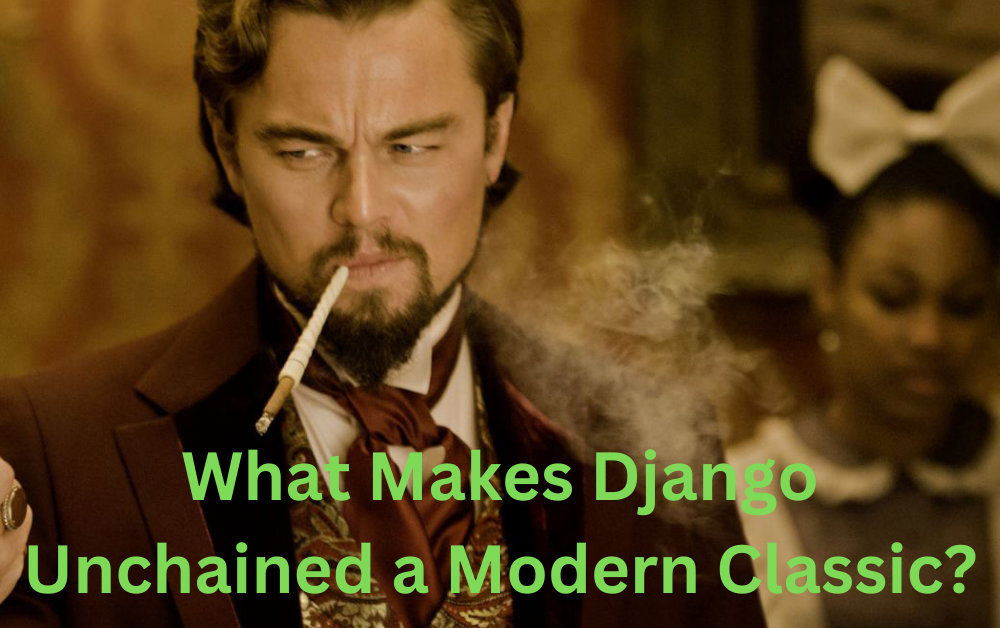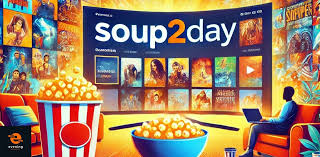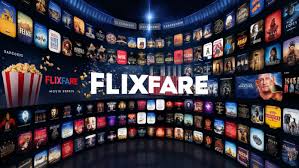Quentin Tarantino’s Django Unchained (2012) is widely regarded as one of the most impactful and daring films of the 21st century. Combining elements of the Western, action, and revenge genres, the film is a brutal yet masterfully crafted story of liberation and justice. With its bold storytelling, unforgettable characters, and thought-provoking themes, Django Unchained has secured its place as a modern classic. But what exactly makes this film stand out among Tarantino’s already impressive body of work? This article explores the elements that contribute to its enduring legacy.
1. A Unique Take on the Western Genre
1.1. A Blending of Genres
Unlike traditional Westerns, Django Unchained fuses classic Western elements with Blaxploitation and revenge thriller aesthetics. Tarantino’s ability to remix cinematic influences allows the film to feel both familiar and groundbreaking. The film’s dynamic approach to storytelling reinvents the Western for a modern audience.
also read: https://altyba.com/what-is-the-kristen-archive-and-why-is-it-popular/
1.2. Spaghetti Western Influences
Tarantino draws heavily from the Spaghetti Western tradition, particularly the works of Sergio Leone and Sergio Corbucci. The film’s title itself pays homage to Django (1966), a cult classic starring Franco Nero, who even makes a cameo in Django Unchained.
2. An Unforgettable Protagonist
2.1. Jamie Foxx’s Career-Defining Performance
Jamie Foxx’s portrayal of Django Freeman is a tour de force. He delivers a performance that balances stoicism, vulnerability, and righteous fury, making Django one of the most compelling heroes in modern cinema.
2.2. A Character with Depth and Growth
Django starts as a timid slave but evolves into a self-assured, highly skilled bounty hunter. His transformation is both thrilling and deeply satisfying, as he overcomes insurmountable odds to rescue his wife, Broomhilda.
3. Tarantino’s Signature Storytelling
3.1. Non-Traditional Narrative Structure
While not as fragmented as Pulp Fiction or Kill Bill, Django Unchained still employs nonlinear storytelling techniques, particularly in flashbacks. This approach keeps the audience engaged and enhances the emotional weight of Django’s journey.
3.2. Dialogue-Driven Tension
Tarantino is known for his razor-sharp dialogue, and Django Unchained is no exception. Conversations are packed with subtext, wit, and an undercurrent of menace, particularly in scenes involving Calvin Candie and Dr. King Schultz.
4. An Iconic Supporting Cast
4.1. Christoph Waltz as Dr. King Schultz
Christoph Waltz delivers an Oscar-winning performance as Dr. King Schultz, the charismatic German bounty hunter who mentors Django. His eloquence, intelligence, and moral compass make him one of the most beloved Tarantino characters.
4.2. Leonardo DiCaprio’s Sinister Calvin Candie
In a rare villainous turn, Leonardo DiCaprio plays Calvin Candie, a cruel plantation owner whose refined exterior masks his sadistic nature. His performance is chilling, particularly in the now-iconic dinner scene where he smashes a glass in his own hand and continues acting despite real injury.
4.3. Samuel L. Jackson’s Stephen: A Different Kind of Villain
Samuel L. Jackson delivers a masterful performance as Stephen, Candie’s loyal house slave. His character is one of the most complex and unsettling in the film, representing a painful reality of internalized oppression.
5. A Bold Exploration of Slavery and Revenge
5.1. A Story That Doesn’t Shy Away from Brutality
Unlike many Hollywood films that gloss over the horrors of slavery, Django Unchained presents it in unflinching detail. The film’s brutal depictions of whipping, mandingo fighting, and psychological abuse serve as a stark reminder of America’s dark past.
5.2. Empowerment Through Revenge
While some critics debated the ethics of Tarantino’s approach, many viewers found Django’s vengeance against his oppressors to be cathartic and empowering. In a genre dominated by white protagonists, Django Unchained offers a rare and powerful depiction of a Black hero triumphing over systemic injustice.
6. A Visually Stunning Film
6.1. Breathtaking Cinematography
Robert Richardson’s cinematography brings the film’s landscapes to life, whether capturing the vast, snowy fields or the sun-drenched plantations. The visuals enhance the film’s emotional impact, making every scene visually engaging.
6.2. Stylish Action Sequences
Tarantino’s signature violence is on full display, with intense shootouts that blend stylized action with raw brutality. The exaggerated blood splatters and dynamic camera work make these scenes both thrilling and artistically striking.
7. A Powerful Soundtrack
7.1. A Mix of Classic and Modern Music
*Tarantino’s eclectic use of music is a trademark of his films, and Django Unchained is no different. The soundtrack blends Ennio Morricone’s classic Western scores with unexpected choices like Rick Ross’ “100 Black Coffins,” creating a unique auditory experience.
7.2. Music That Enhances Emotion
Each song is carefully chosen to elevate the film’s tension, excitement, or poignancy. The use of Johnny Cash’s “Ain’t No Grave” and Jim Croce’s “I Got a Name” adds layers of depth to Django’s journey.
8. Critical and Cultural Impact
8.1. Awards and Accolades
Django Unchained won two Academy Awards—Best Original Screenplay (Quentin Tarantino) and Best Supporting Actor (Christoph Waltz). It was also a box office success, earning over $425 million worldwide.
8.2. Ongoing Discussions and Debates
The film continues to spark discussions about race, representation, and historical revisionism in cinema. While some critics argue that Tarantino’s use of racial slurs is excessive, others praise the film for its unfiltered depiction of history.
Conclusion
*Tarantino’s Django Unchained is a modern classic because it dares to challenge conventions while delivering an exhilarating cinematic experience. From its compelling protagonist and unforgettable performances to its bold themes and stunning visuals, the film stands as a masterpiece of contemporary filmmaking. More than a decade after its release, it remains relevant, powerful, and undeniably entertaining—a testament to Tarantino’s genius and the enduring power of storytelling.










